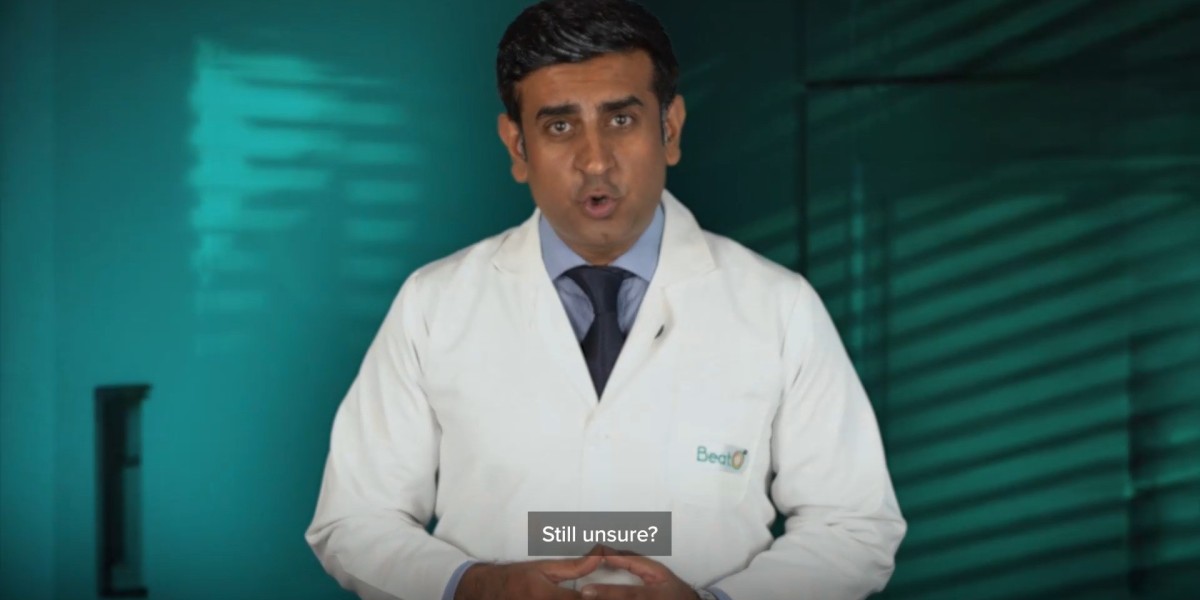Whether you’ve recently been diagnosed or are looking to improve your long-term glucose control, understanding fasting sugar levels and HbA1c is essential. This blog will walk you through what they mean, how they’re connected, and most importantly—how to reduce HbA1c levels and take control of your health.
What is HbA1c?
HbA1c, or glycated hemoglobin, is a blood test that shows your average blood glucose levels over the past 2–3 months. It reflects how much glucose has been attached to your red blood cells.
- Normal HbA1c: Below 5.7%
- Prediabetes: Between 5.7% and 6.4%
- Diabetes: 6.5% or higher
Unlike a daily glucose reading, HbA1c helps you and your doctor understand how well your diabetes is being managed over time.
What Is the Normal Sugar Level in Fasting?
Fasting blood sugar levels are checked after not eating for at least 8 hours. This test is usually done in the morning and gives you a snapshot of how your body manages sugar without food.
- What is the normal sugar level in fasting?
It should be: - 70–99 mg/dL (Normal)
- 100–125 mg/dL (Prediabetes)
- 126 mg/dL or more (Diabetes)
Consistently high fasting sugar levels can lead to elevated HbA1c over time, increasing the risk of complications.
How to Lower HbA1c: Start With Daily Habits
Lowering your HbA1c doesn’t happen overnight—but it’s possible with regular, consistent action. Here's how to lower HbA1c naturally:
1. Focus on a Low-Glycemic Diet
Eat more:
- Leafy greens
- Whole grains (like oats or quinoa)
- Legumes
- Berries and nuts
Avoid:
- White bread, rice, and pasta
- Packaged snacks
- Sugary beverages
2. Increase Physical Activity
Even a 30-minute walk after meals can help reduce blood sugar spikes.
3. Stay Hydrated
Water helps flush out excess sugar from your bloodstream.
How to Control HbA1c Through Lifestyle
If you want to keep your HbA1c levels stable over the long term, you'll need to look at your entire lifestyle. Learn how to control HbA1c with these techniques:
- Sleep well (at least 7–8 hours per night)
- Manage stress through meditation or deep breathing
- Avoid smoking and excessive alcohol
These factors influence insulin resistance and blood sugar regulation significantly.
How to Reduce HbA1c Level With Diet Changes
Another important step is dietary control. Want to know how to reduce HbA1c level with your food?
- Add fiber: It slows down sugar absorption.
- Eat small portions: Instead of 3 large meals, eat 5–6 smaller ones.
- Avoid late-night snacking: It can spike glucose levels and disturb sleep.
How to Reduce HbA1c With Smart Tracking & Support
Sometimes, the best results come from using the right tools. Digital health apps and care plans can simplify tracking your progress. If you’re wondering how to reduce HbA1c while staying motivated, using an app that offers coaching, meal plans, and sugar tracking can be a game-changer.
How HbA1c and Fasting Sugar Work Together
Both HbA1c and fasting sugar levels are important indicators. Your daily habits influence your fasting levels, and consistent daily control helps lower your HbA1c. By managing both, you reduce the risk of:
- Heart disease
- Nerve damage
- Kidney issues
- Eye problems
Final Thoughts: Stay Informed and Take Control
Lowering your HbA1c and keeping your fasting sugar in the normal range is completely achievable. The key is consistent effort, informed choices, and the right support.
If you're serious about improving your sugar levels and preventing complications, take the first step today. The Beato Diabetes Care Plan offers personalized guidance, monitoring tools, and expert advice to help you every step of the way.









